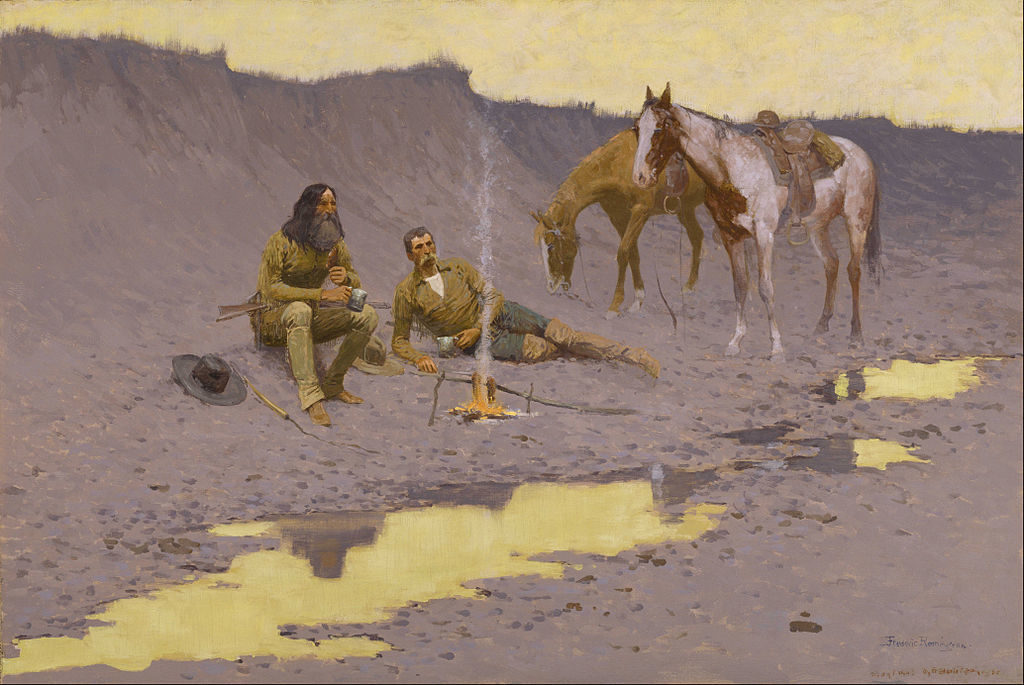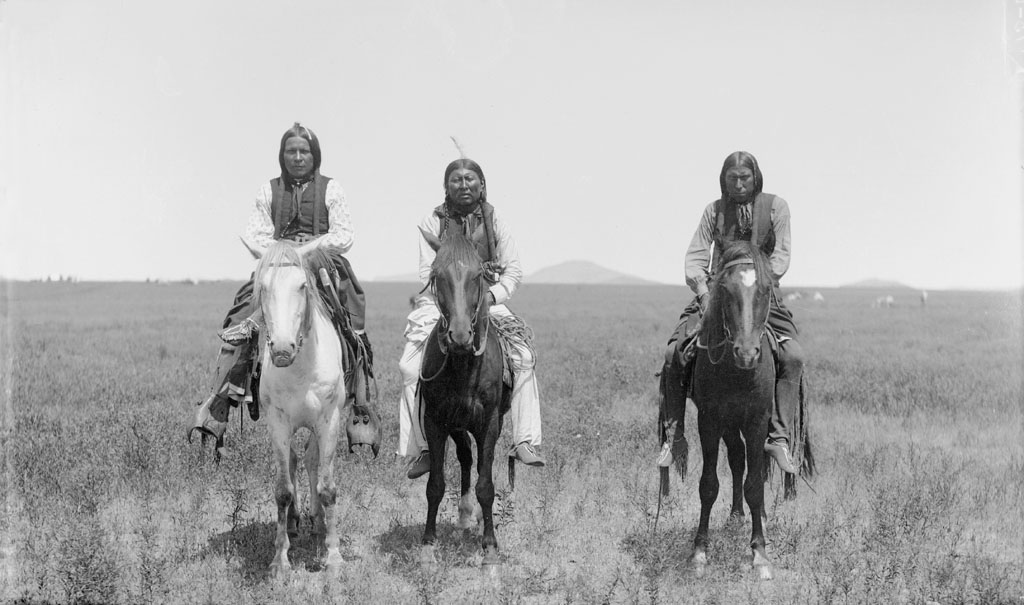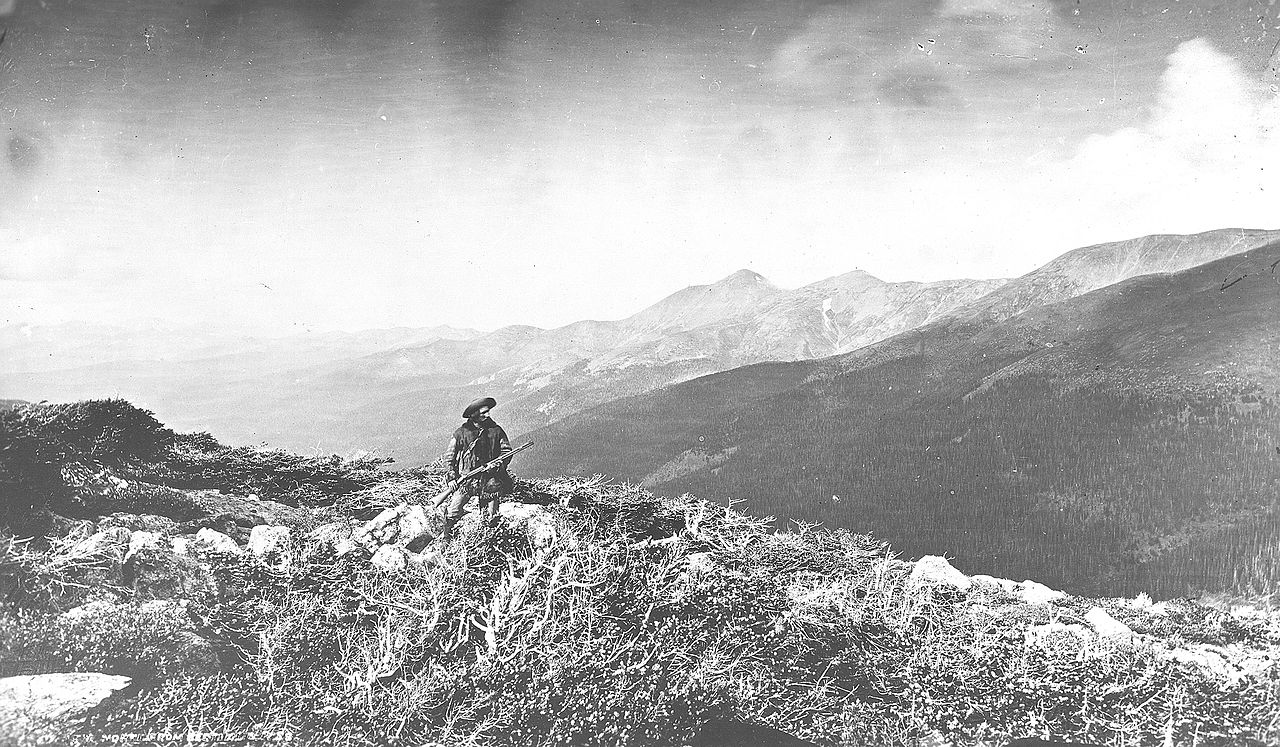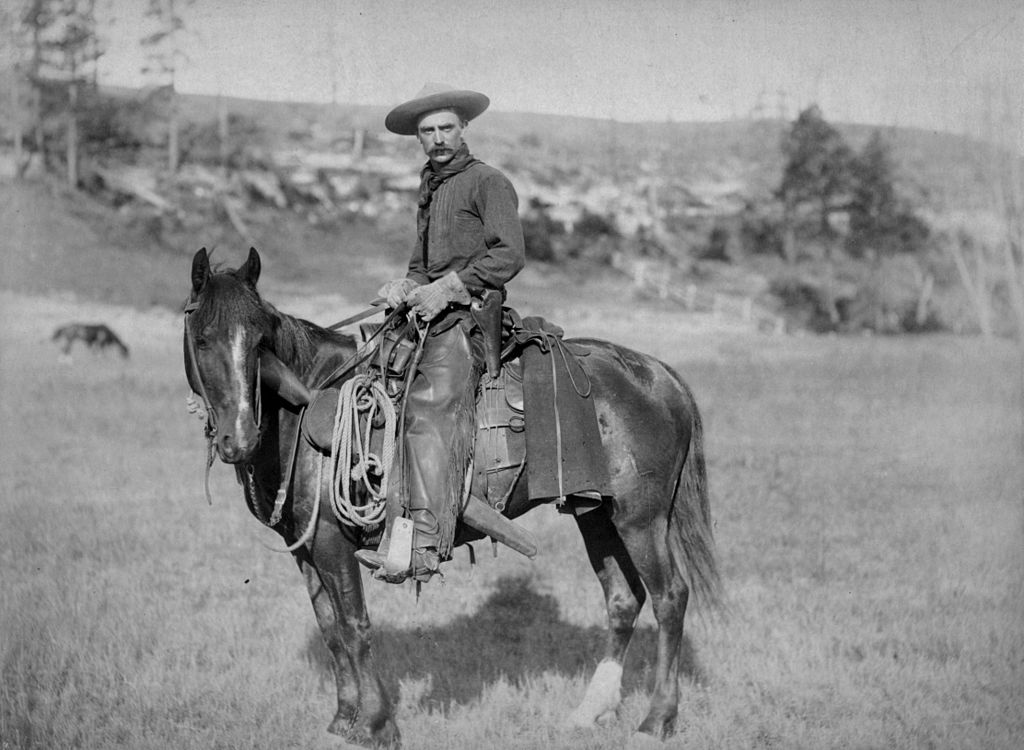
By Ephraim Peabody
The silent wilderness for me!
Where never sound is heard,
Save the rustling of the squirrel’s foot,
And the flitting wing of bird,
Or its low uninterrupted note,
Or the deer’s quick crackling tread,
And the swaying of the forest boughs,
As the wind moves overhead.







